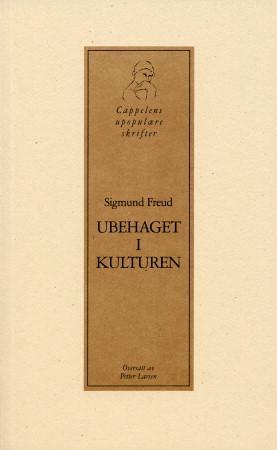
Futurism av Ara (Professor of Italian Studies and Affiliate of the Institute of Fine Arts New York University) Merjian
169,-
Very Short Introductions: Brilliant, Sharp, InspiringFrom the motorcar to the radio, modern technology radically transformed urban life by the first decade of the twentieth century. As one of Western Europe''s least industrialized countries, Italy appeared impervious to such developments. It was this state of affairs at which the Futurist movement took aim. With its founding in 1909, the poet and impresario F.T. Marinetti called for a revitalization of aesthetic expression by means of "movement and aggression." A growing cadre of Futurist painters, poets, authors, and musicians exchanged Italy''s cultural patrimony for new technologies, media, and metaphors, championing machine-propelled speed and its salutary hazards. Cubist painting, collage, and sculpture lent the Futurist campaign a revolutionary style to match its rhetorical fervor. Yet whereas Cubism remained a revolution of artistic form, Futurism sought to shatter the boundaries between art and life itself. Indeed, the movement








